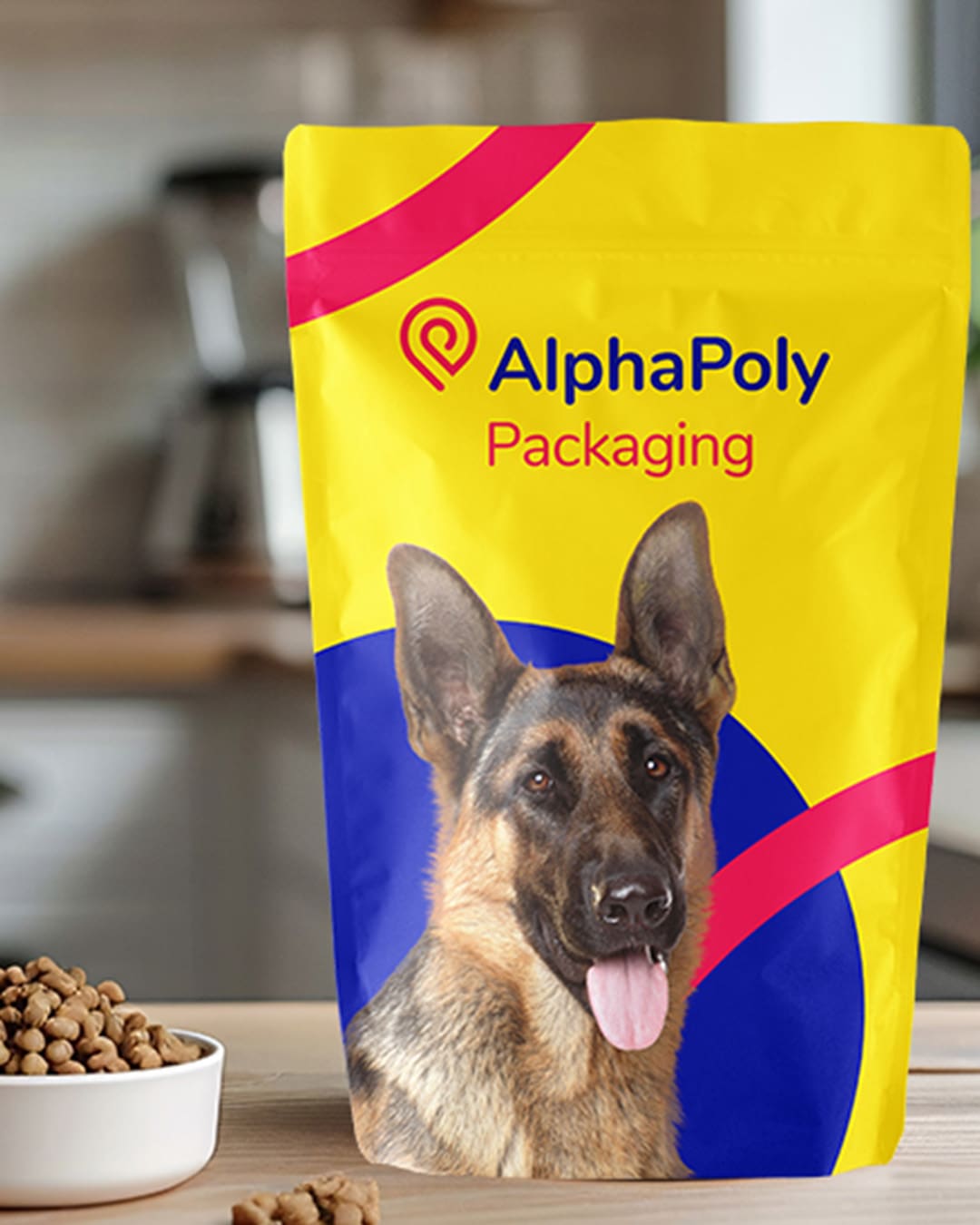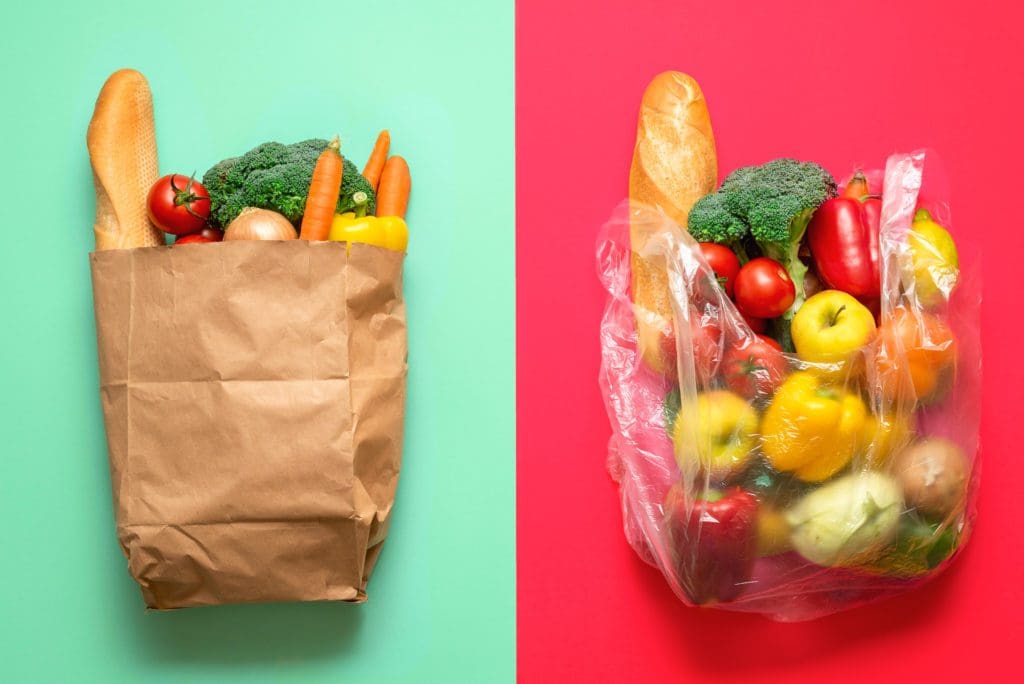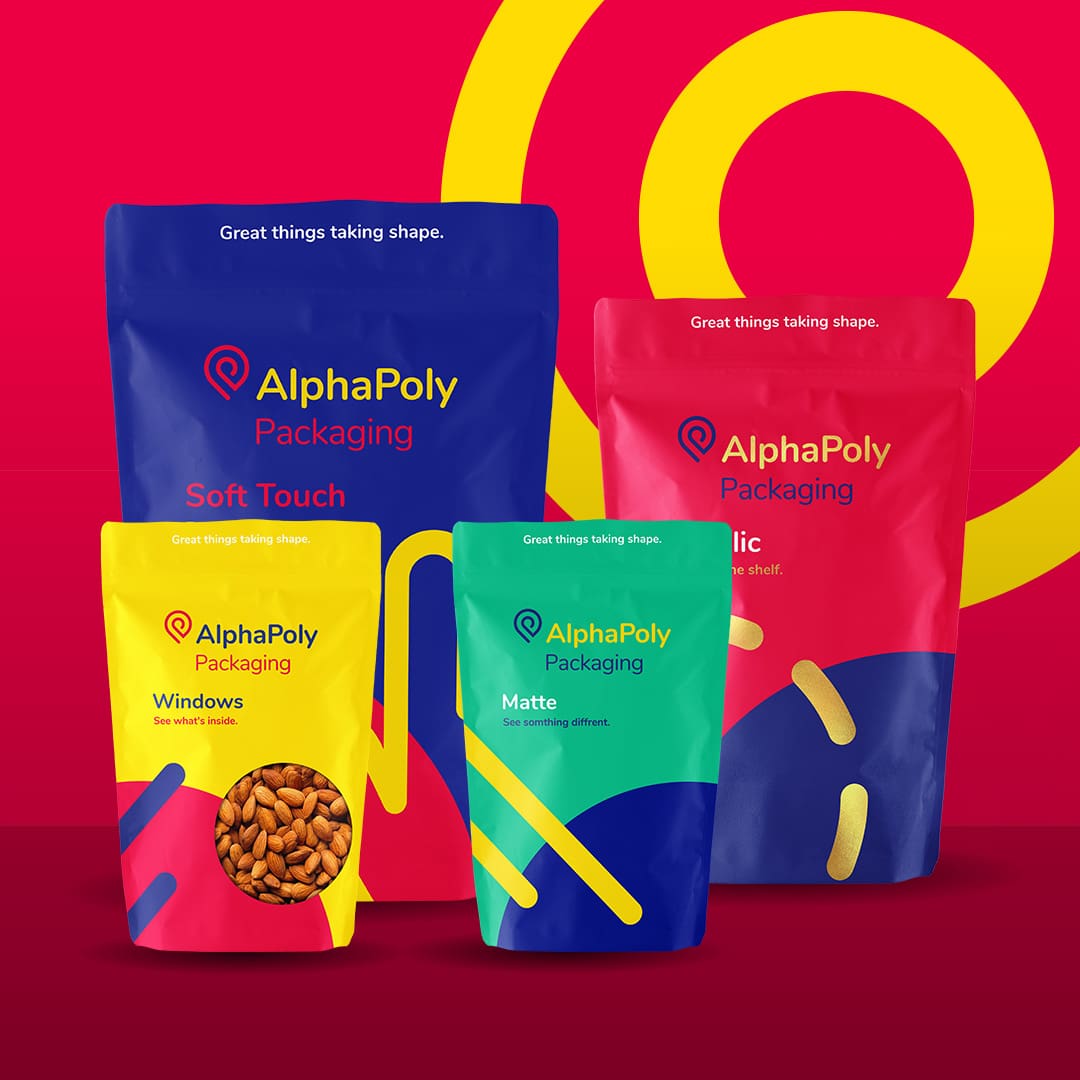Sustainable Packaging 2.0: Reprioritization
Whenever the topic of sustainable packaging in the food space comes up, you can count on at least one voice saying, “Yes, but we could be doing so much more.”
While it may be vague, it’s nonetheless correct. Our industry could be doing more. That “more” has started to happen, and it’s more significant than you may think.
Let’s first acknowledge how far we’ve come
It was only eight years ago that M.I.T. put out what would be the seminal report on the future of sustainability, and included evidence that companies committed to sustainability perform better long term than those that aren’t.
So, considering that sustainability is a relatively new priority, it’s important to remember our success through what could best be described as Sustainable Packaging 1.0.
A good example is bottled water:
-
Originally, cases of bottled water were packaged in heavy two-piece corrugated boxes.
-
Boxes were replaced by corrugated trays, which substantially reduced corrugated content.
-
Trays were replaced by flat corrugated slip sheets that reduce corrugated content to almost nothing.
-
Cases of bottled water can now be packaged with heavy-duty shrink packaging ¾ eliminating the need for corrugated material altogether.
The ubiquitously agreed-upon first step of Sustainable Packaging 2.0
Packaging innovation in the ’20s will prioritize reducing post-purchase waste.
According to Packaging Digest’s Decade in Review exposé, much of the sustainability effort thus far has been around pre-purchase issues like reducing energy and water use in packaging production, and reducing the weight of packaging to lower fuel usage by shippers.
These concerns, while valid and important, do not address what has become the bigger concern: the enormous amount of landfill waste created by packaging, and specifically by plastic packaging.
As we discussed in a previous post, much of what many consumers think is recyclable (and hence sustainable) becomes waste because of the economic forces that govern the practice of recycling. This has driven the state of waste to dangerous levels and drove the United Nations Chief of Oceans to declare the plastic pollution of our oceans a “planetary crisis.”
“Now,” says Barrington Pamplin, a 30-year veteran of packaging technology, “packagers have to react to pressure from the media and lobby groups.”
More and more, that reaction is taking the form of technological innovation.
New solutions to old problems
A good example of the industry’s innovation is void filling, summed up nicely by Rob Jones, the former Editor-In-Chief of the BuildDirect blog:
When I started, the options were polystyrene “peanuts” and saran-coated bubble packaging. Polystyrene was potentially toxic, hard to recycle and did not degrade; while bubble wrap was heavy and bulky, which increased shipping and related fuel costs.
Today, the sustainable option is inflatable air bag packaging that uses a minimal amount of plastic and relies almost completely on air; and “peanut” packaging made from cornstarch and recycled paper.
This is the kind of innovation packaging technology that needs to be (and is) pursued, in spite of the many impediments faced, laid out in an informative piece by Raconteur:
- Inability to offset the costs of the investment in sustainable packaging
- Incorrect perceptions of stability
- Lack of alignment around goals through the value chain
- Cost of packaging materials
- Misunderstanding of what “sustainable packaging” is
- Undersupply of materials
In the piece, Tracy Sutton, a circular economy packaging design consultant, said we have an “opportunity to invest strategically and develop an informed packaging design strategy to support brands that want sustainable versions of tried-and-tested solutions.”
Isabel Rocher, Head of eCommerce for DS Smith (a major packaging firm), believes that investments in sustainability enabling technology pay for themselves in a year, and that the future will favour firms that make these investments. But she concedes that the future of packaging will be challenging for everyone. However, she says “those who are a little visionary and flexible enough will win in the end.
“Sustainability is really exciting if you are investing in the right solutions,” Ms. Rocher concluded. “Some organizations will struggle, but for the rest it’s a great opportunity.”
At AlphaPoly, we offer our clients a reliable partnership for their sustainable packaging solutions that draws on more than 30 years of industry experience and knowledge. We pride ourselves on being nimble and responsive to our clients’ needs, and we offer a wide variety of packaging options that are tailor made for our clients’ needs and industries.
Find out how AlphaPoly can elevate your brand today. Contact us to learn more.





